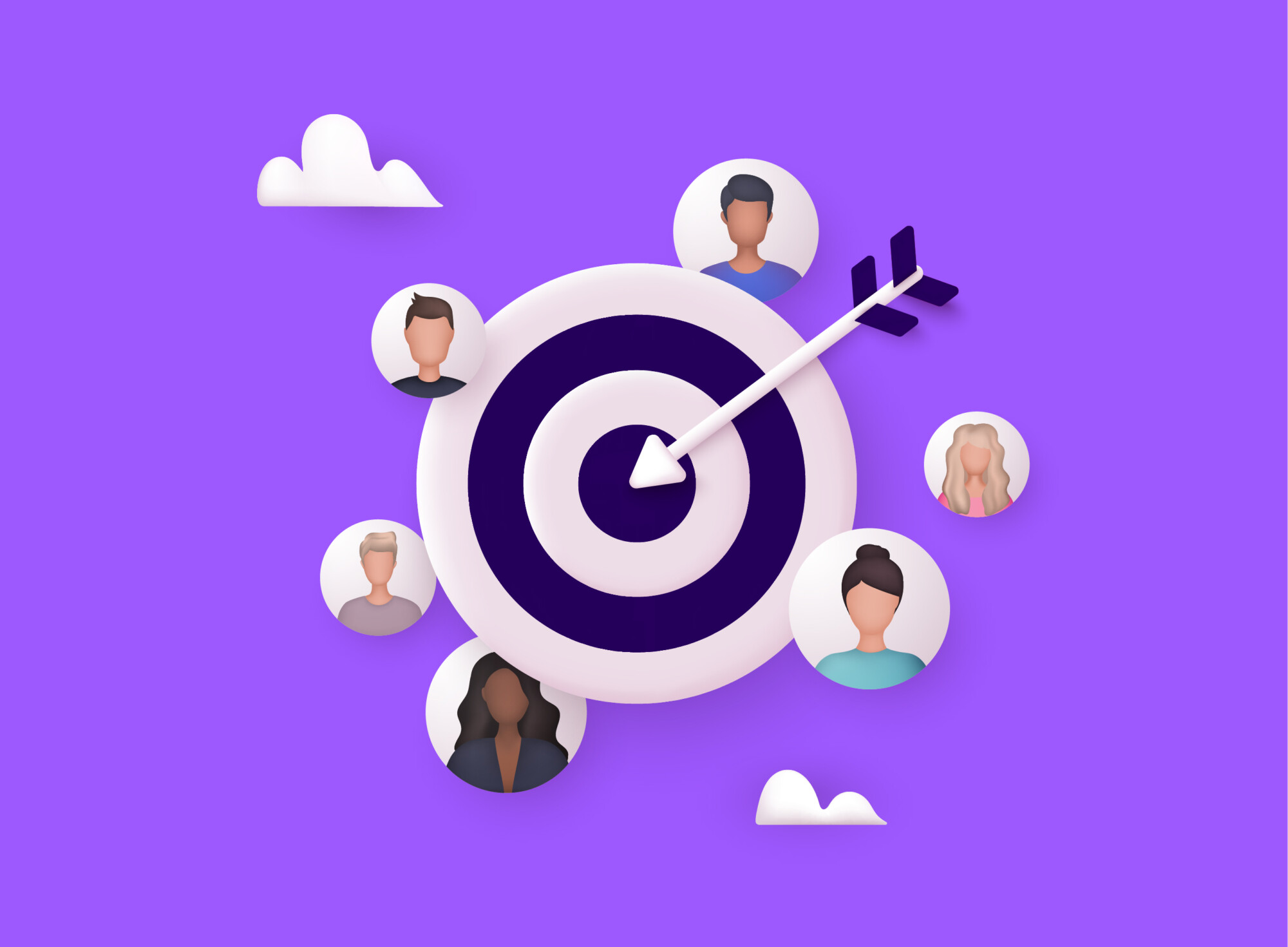The Power of Audience Targeting: How to Reach Your Ideal Customers on Paid Platforms
In the fast-paced world of digital marketing, audience targeting is one of the most powerful tools available for brands looking to connect with their ideal customers. But before you can effectively target your audience, you first need to understand who they are and how they behave online. By combining research with smart use of platform tools, you can create campaigns that speak directly to your audience and drive real results.
Step 1: Understanding Your Audience
The first step to any successful targeting strategy is knowing who your audience is. This can be done through primary and secondary research, which provides valuable insights into their preferences, habits, and demographics. Primary research could involve setting up focus groups or conducting surveys, while secondary research might include exploring reliable online sources.
Step 2: Finding Out Where Your Audience Spends Time Online
Once you know who your audience is, the next step is figuring out where they spend their time. Are they on social media platforms like Facebook, Instagram, or TikTok? Or are they more likely to use Google or YouTube for their searches? Surprisingly, TikTok has become a popular search engine for Gen Z, meaning brands targeting younger audiences should consider investing in ads on the platform.
The nature of your product also plays a role here. For instance:
- If you’re selling a low-value item that doesn’t require much thought, social media ads on platforms like TikTok or Instagram could work well.
- For more considered purchases, where customers need time to research, Google Ads may be more effective.
Remember, it’s not just about the price of the product, but the value it provides to the customer.
Step 3: Choosing the Right Tools and Strategy
Once you’ve determined who your target audience is and where to find them, it’s time to decide on the best combination of tools and strategies for each platform.
Demographic Targeting
Demographic targeting allows you to focus your ads based on age, gender, hobbies, and personal preferences. Each platform may handle this differently, but it usually relies on cookie data collected from users’ online activities.
Interest-Based Targeting
This method uses users’ online behaviour to determine their interests. For example, if someone frequently visits Facebook pages related to football, they will be grouped under a “football interest.” If you’re selling luxury holidays, you might target people interested in watches and jewellery as well, building a broader picture of your ideal customer.
Retargeting
Retargeting is an excellent way to reach out to people who have already shown interest in your brand. Whether they’ve visited your website or clicked on a previous ad without making a purchase, retargeting ensures they see your ads again, keeping your brand top of mind.
Lookalike Audiences
Lookalike audiences are built from users who have already interacted with your website or ads. Platforms like Facebook can target people who share similar traits to your existing audience, allowing you to expand your reach to potential customers with a higher likelihood of engaging with your brand.
Step 4: Building a Multichannel Strategy
The final piece of the puzzle is making sure your audience targeting strategy hits multiple touchpoints along the customer journey. By targeting your audience at different stages—whether they’re just browsing or ready to make a purchase—you can provide the right information at the right time, encouraging them to take action.
Conclusion: Crafting a Winning Targeting Strategy
In conclusion, the key to effective audience targeting is having a well-thought-out strategy. Understand who your audience is, where they spend their time, and how you can reach them at different points in their buying journey. With the right mix of demographic targeting, retargeting, and lookalike audiences, your campaigns will be more engaging, impactful, and ultimately successful in driving conversions for your brand.
Now that you know the importance of audience targeting and how to build a strategy, it’s time to take action. Start by analysing your audience, exploring the platforms they use, and choosing the right tools to craft personalised campaigns. The digital world is constantly evolving, and so should your marketing strategy. Ready to elevate your audience targeting? Contact us today to learn how we can help you create impactful campaigns that drive results.
Have a project you would like to discuss? Request a call from one of our experts



